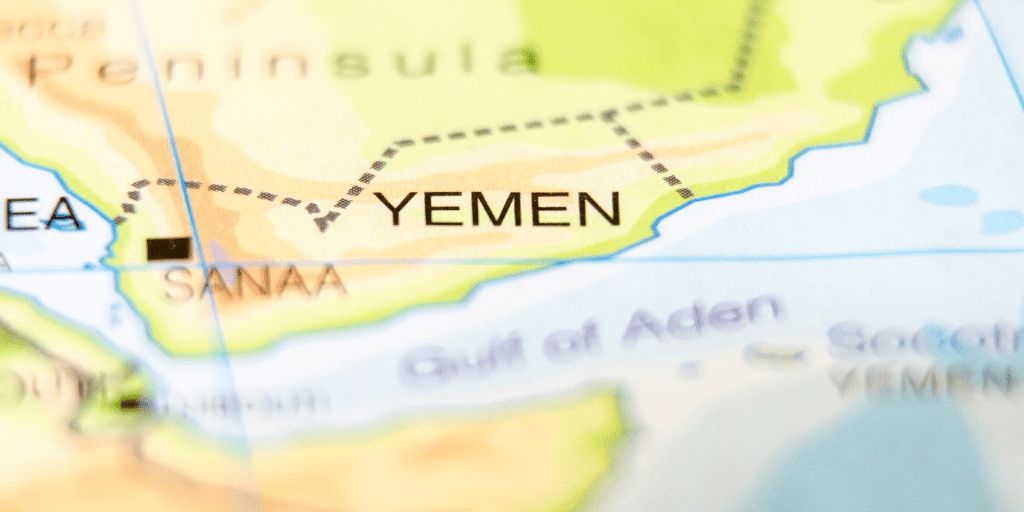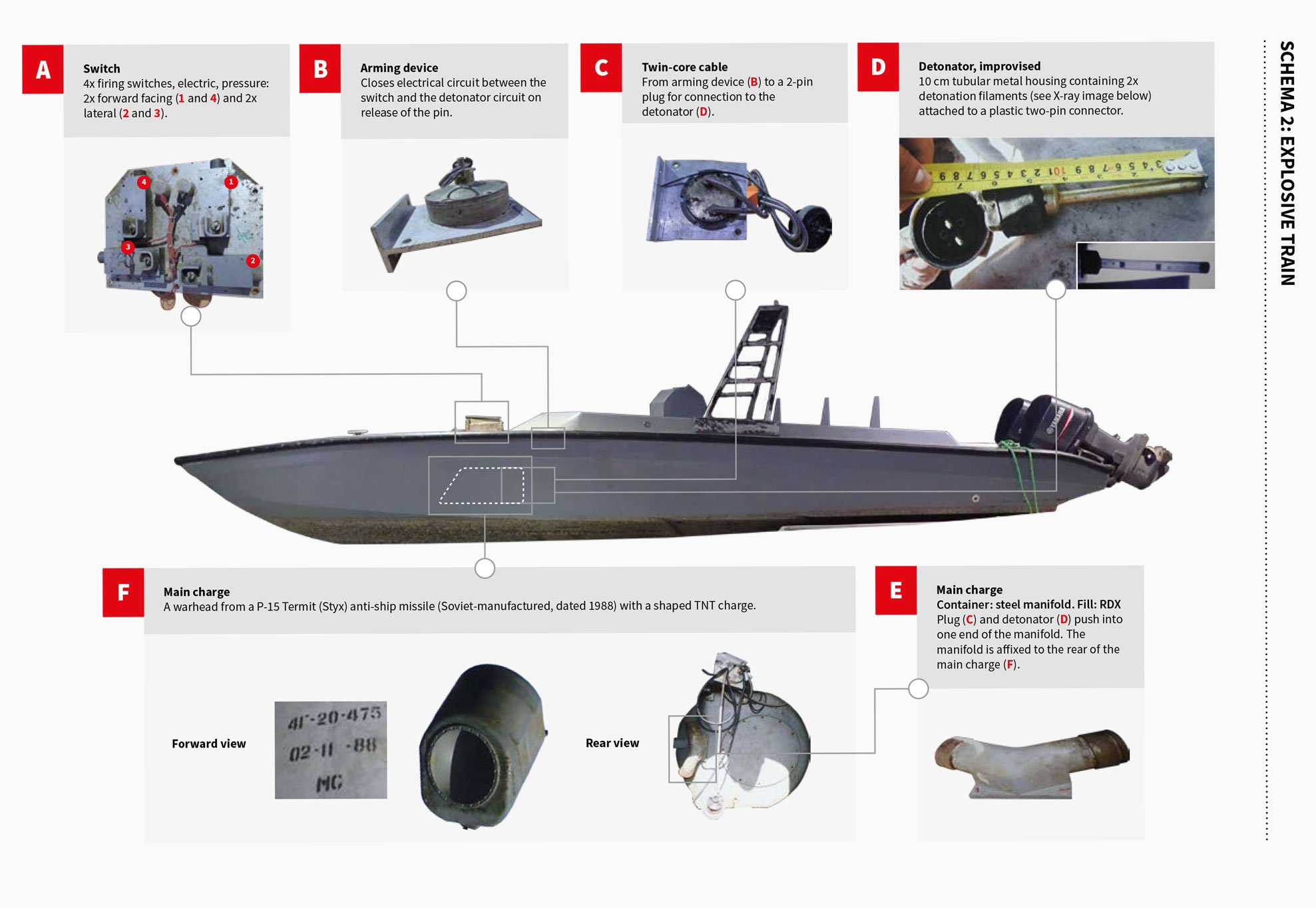
Gulf of Aden
Maritime Terrorism
Is Maritime Terrorism Behind the Incidents in the Gulf of Aden in 2020?
If the incidents being reported in the Gulf of Aden are not piracy, then what might be an alternative explanation? One potential conclusion is that some of these incidents could be the result of maritime terrorism. However, it is important to clarify that maritime terrorism and piracy are not the same things and should be differentiated accordingly. Incidents of maritime terrorism are very infrequent and highly irregular occurrences. Notable examples include the Al Qaeda attack on the USS Cole in 2000 and in 2016, when Al Qaeda used small boats in two attacks at Al Mukala port on the Southern Yemen coast.
One example of an incident in the Gulf of Aden in recent months which could display the hallmarks of maritime terrorism occurred on March 3rd, 90 nm SE of the Yemeni port of Nishtun. The attack was believed to have involved the use of three skiffs, which attempted to attack a Saudi flagged vessel and trigger an explosion. Reports at the time suggested that one of the skiffs was unmanned and was a water-borne improvised explosive device (WBIED), with video footage and pictures seeming to confirm this.
The use of WBIEDs is an attack methodology that has been used by Houthi rebels within the Bab-El-Mandeb (BaM) strait, specifically to target Saudi vessels. These tactics represent a localised and limited extension of the war in Yemen. However, the location on Yemen’s SE coast comprehensively rules out Houthi activity, which is almost solely focused on BaM/the Southern Red Sea. However, the attack on March 3rd is also unlikely to be piratical, due to its mismatch with traditional piracy tactics.
This incident was followed by a comparable event, which occurred on May 17th in a similar location, when the British-flagged chemical tanker, Stolt Apal, was attacked by two skiffs which opened fire on the vessel. Again, a Saudi connection was present as the vessel had previously set sail from Al Jubail. There was a large explosion as a result of the exchange of fire between embarked security forces and the suspect vessel which resulted in a large detonation causing the destruction of the skiff. Photos seen by Dryad Global indicate a large white plume of smoke, more commensurate with ignited explosive material than burning fuel.

Whilst the ultimate cause of these incidents is currently unknown, the incident on March 3rd could be attributable to a Saudi desire to exaggerate the threat posed by Houthis to vessels in the Gulf of Aden to justify its attacks in Yemen on Houthi positions. Nevertheless, the presence of a possible WBIED attack in the Eastern Gulf of Aden should give pause for thought, and implies that a full understanding of the threat profile in this region has not yet been ascertained by the maritime security industry as a whole. It would be reductive and symptomatic of institutional biases to frame such activity as piracy; it does not meet the threat profile of recorded piracy incidents.
Ideological motivations could be one such avenue to attributing the incidents on March 3rd and May 17th to terrorist activity. A group which would fit this profile is Al Qaeda in the Arab Peninsula (AQAP), who as well as having an ideological motive to attack Saudi/Western assets, were active in the South of Yemen up until 2016. However, such a course of action by this group has not been seen in this area in recent years and there is no credible evidence at this stage which would suggest a cause of anti-Saudi terrorism on the southern coast of Yemen. Furthermore, the targeting of vessels through the use of WBIEDs and/or other attacks in this area is unlikely to have a decisive strategic effect which can be perceived. Dryad Global analysts assess that ideologically motivated attacks are a less likely driver of possible maritime terrorism in the Gulf of Aden than more pragmatically focused attacks which tie into a broader realpolitik, as would be manifested by a nation such as Iran.

